To my recollection, the family that once owned the land underneath the new Agricultural Hall in West Tisbury gave that property to the town. The leftovers comprised a considerable number of unbuilt acres fanning out to the west up-Island, even reaching up to North Road in places. The woods, fields and retired stonewalls are graced by a gurgling brook — skunk cabbage and all — that fills old mill ponds as it wiggles its way to the Great Pond at Town Cove.
Back before the keepers of the property got serious about exclusion, on occasion I would enter the woods off Panhandle Road and intersect an overgrown track that made its way into the heart of what is now the Land Bank’s Waskosim’s Rock Reservation. I went for the aloneness, the long views from up the hill, for how un-Vineyardy the landscape was, and for a single old pear tree left alone by generations of farmers to bear its fruit the old-fashioned way. Eventually I would make my way up to the impressive split erratic that lent its name to the place.
One fall day, on my lazy way along the feet of that hill, amidst a fall palette brighter than the hues oaks alone will offer, I was startled by a starkly all-white bird flying from end to end the first of the open fields.
I could only imagine it to be a cockatoo, an escape from unknown circumstances near or far. Speculating about its provenance and its future in the wild, I returned the next day, in the hopes that the slim odds of a re-sighting would favor me with one more glimpse.
With expectations on the wary side and all senses cranked into a high notch, I heard blue jays screeching as they broke from the treeline, aimed to pass right by me. I froze; I waited. More or less in the middle of six blue jays was a single bright white one, shaped like a blue jay and flying like a blue jay. Not a parrot. Even more intriguing, it was a bright white blue jay.
Melanin is an important ingredient in providing the color for a bird’s feathers, as well as coloration for its skin, its bill and its eye color. If certain feathers do not produce the melanin to create a color, the affected feather is white. A complete lack of melanin throughout a bird’s body appears as albinism, which is very rare.
If a bird has some white feathers where a typical bird of the same species would show a color, or even if a bird that is normally colorful has almost all white plumage, these aberrant conditions are referred to as leucism, or sometimes less accurately as near-albinism. The rough estimate for the occurrence of leucism and albinism in birds is one per 30,000. If you see one, you are lucky; or you look at a lot of birds and are good at noticing the outlier.
On Martha’s Vineyard, I have been fortunate enough to encounter leucistic individuals of these species: Canada goose, red-tailed hawk, American crow, blue jay, common grackle, downy woodpecker, black-capped chickadee, American robin, tree swallow and house sparrow. (See photos.)
I can think of two species that are pretenders to leucism, which fools a lot of observers. An immature little blue heron has almost all-white feathers, often with just a few scattered dark-blue wing feathers. Becoming an adult, it will molt into an all-dark bird. A regular winter resident in these waters is a common eider. The young males are mostly a mishmash of brown, black and white patches, and a lot of birders are confounded by the irregularities, which can’t all be illustrated in bird books. But the young eiders’ white patches are not evidence of leucism.
Recent standout sightings include the cackling goose found by Rich Couse on March 5 at Slough Cove. It was found again by Jeff Peters elsewhere on March 7, but not since. Darn it!
Two common mergansers were spotted by Chris Scott at Cove Meadow Preserve on March 6. Dana Bangs and Bob Shriber found three American woodcock off Moshup Trail in Aquinnah on March 9 and had a hunting barn owl then as well.
On March 11 Bob Shriber scored an Iceland and two Bonaparte’s gulls at the Squibnocket parking lot. Matt Pelikan found a younger Iceland gull at Inkwell Beach on March 12.
Scott Bliss, Nancy Nordin and Jeff Peters all saw horned larks separately. Killdeer were seen at different Katama locations by Nancy Nordin and Jeff Peters. Four different American oystercatcher sightings were reported. One snow goose continues at Katama. The Townsend’s solitaire from the state forest was seen on March 7 by Cynthia Bloomquist and Thaw Malin.
No all-white jays, granted, but not bad for winter birding on an oversized sand dune in the Atlantic.
Please email your sightings to birds@vineyardgazette.com. (Note the slightly-changed email address.)
Lanny McDowell lives in Vineyard Haven. He provides the photographs for this column, both in print and online, where they are collected as a slideshow at the Bird Sightings on Martha’s Vineyard section under the Photography heading.

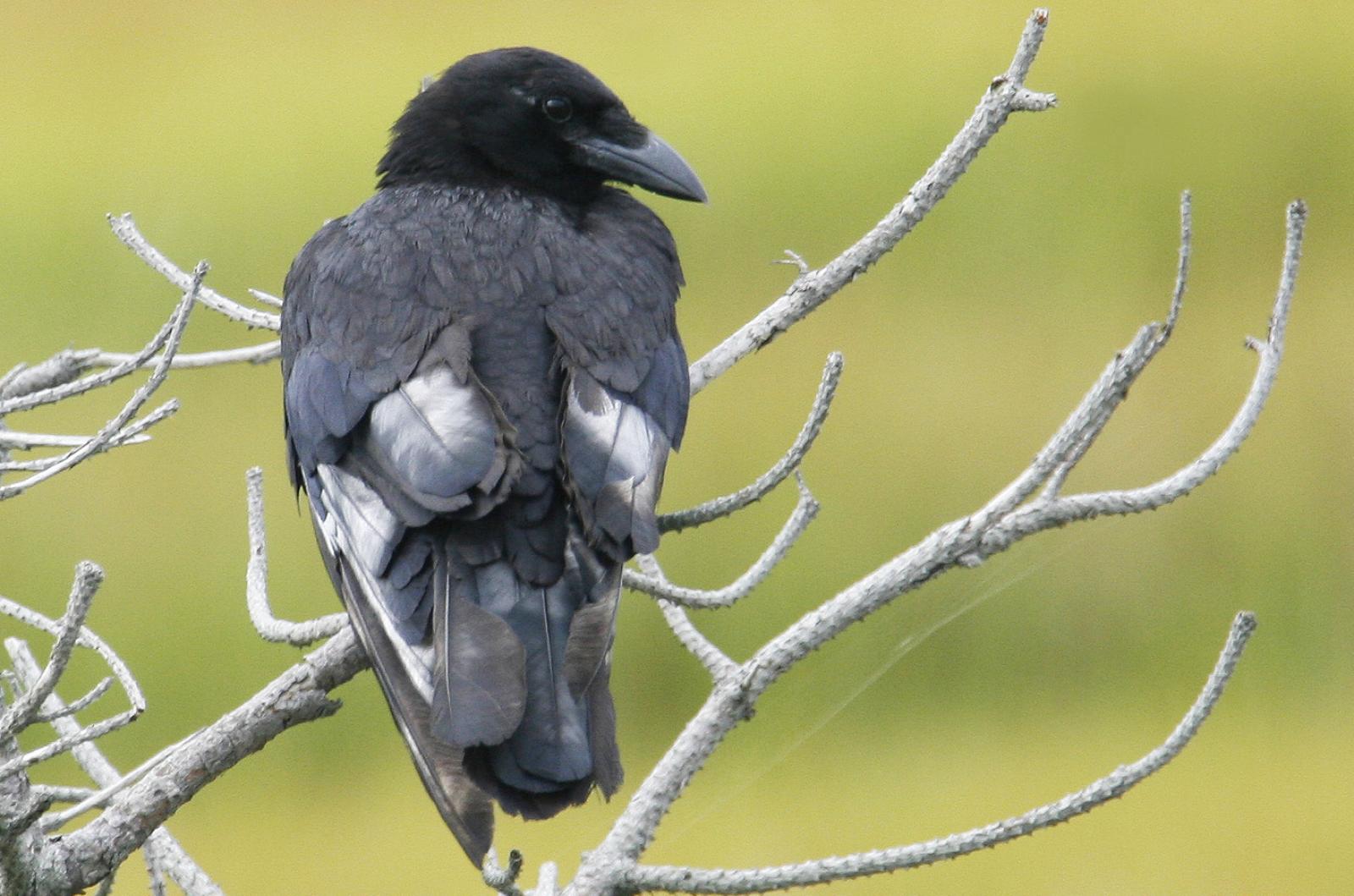
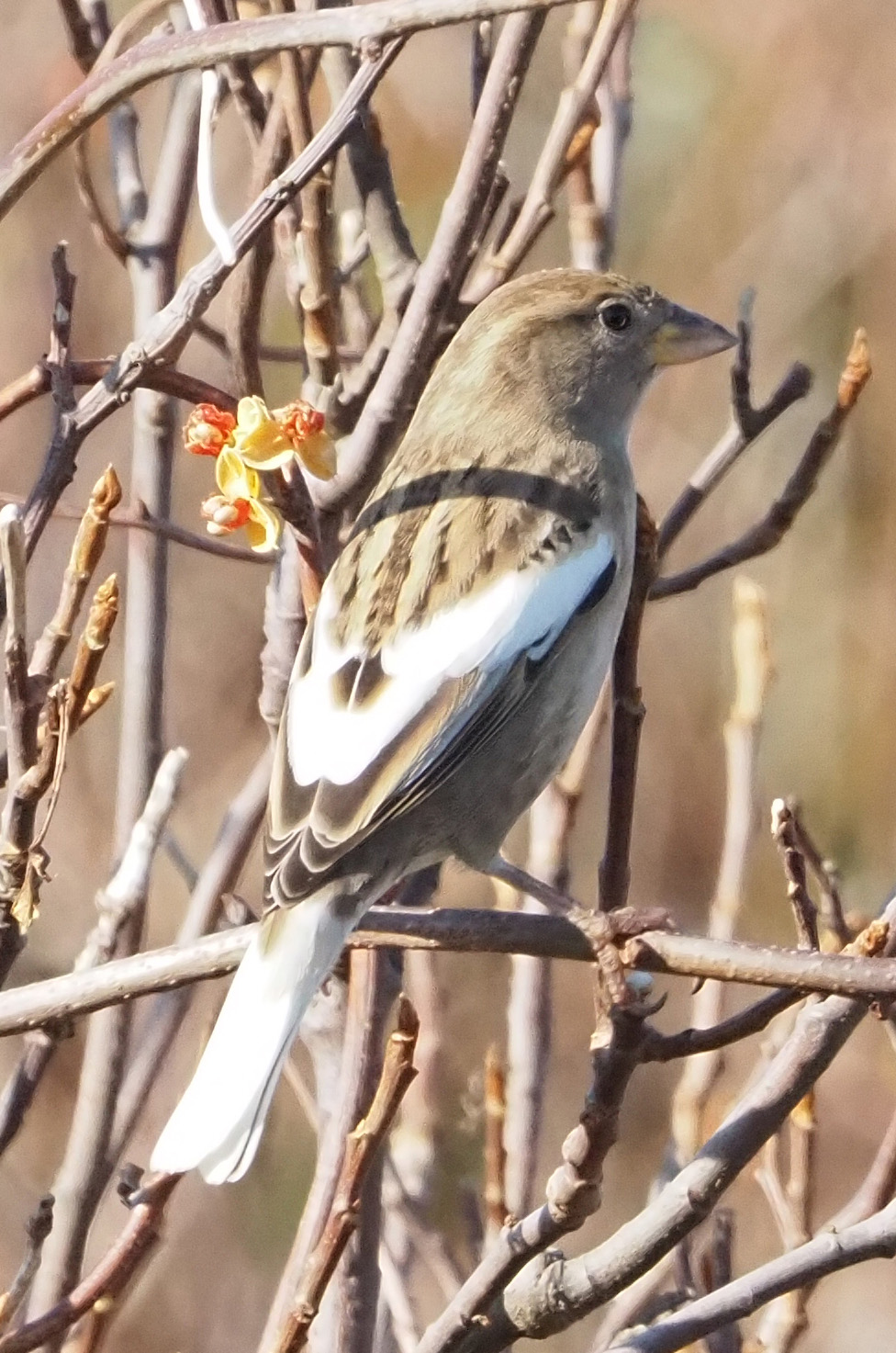
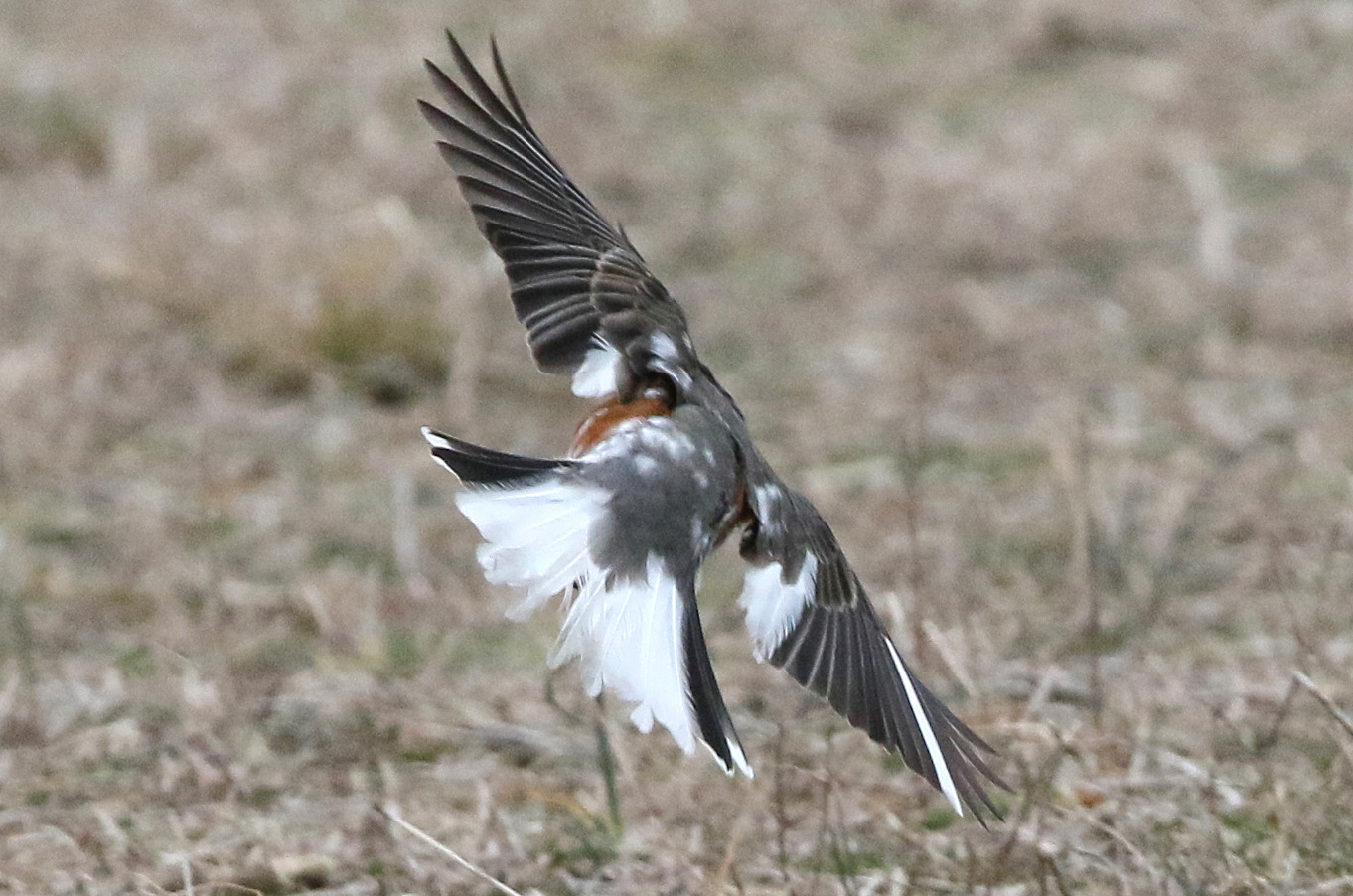

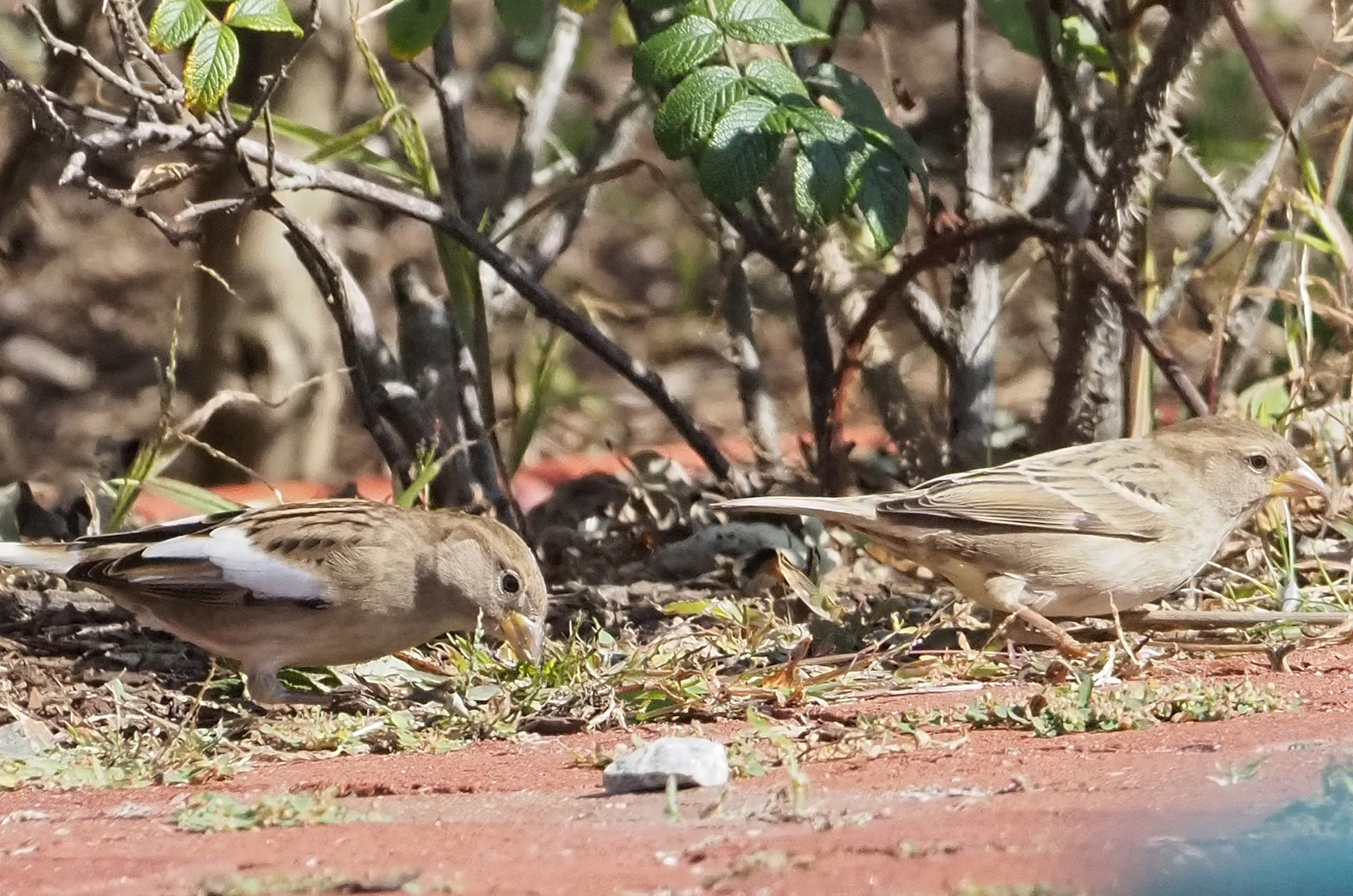
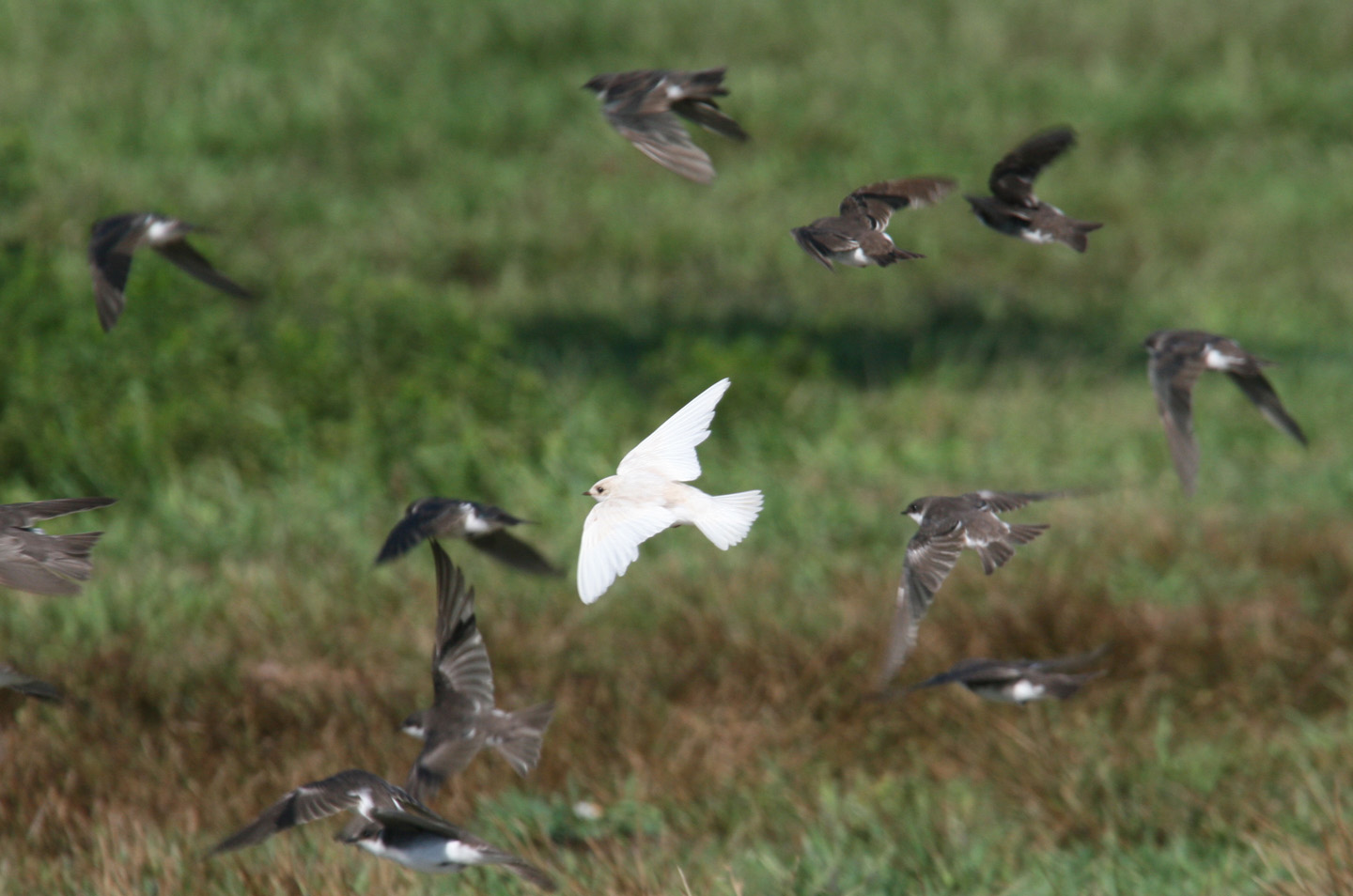
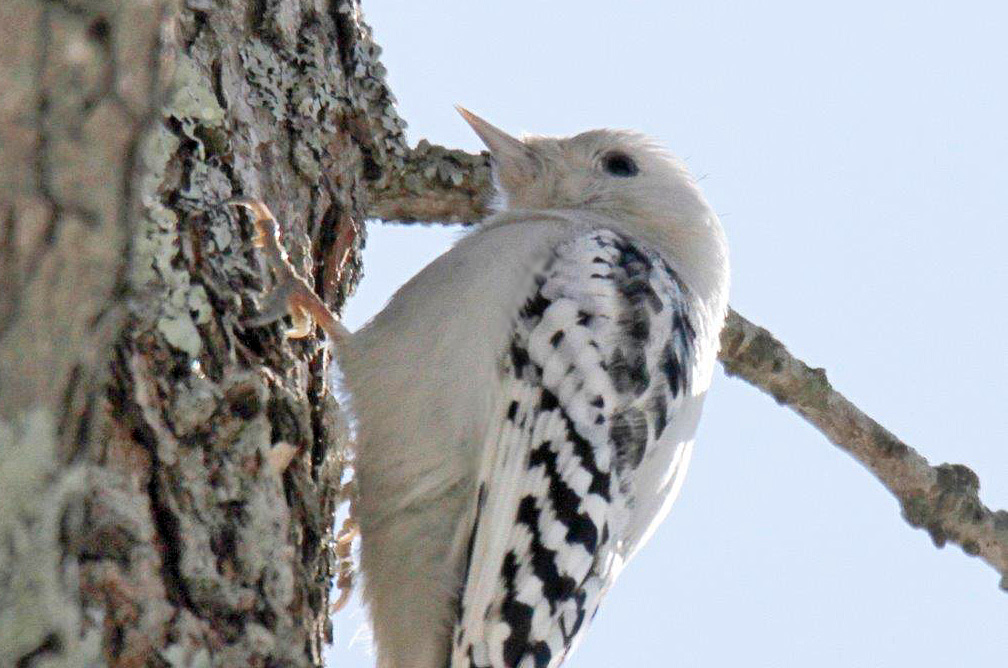


Comments (3)
Comments
Comment policy »